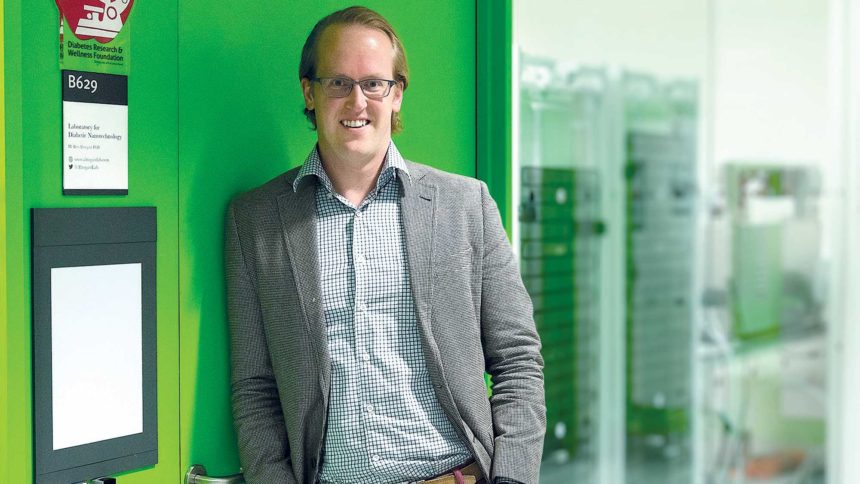
A new man-made molecule developed by British researchers could change the way traditional medical materials work with the body, giving cells a structure to grasp onto as they try to activate healing proteins.
Labeled traction force-activated payloads, or TrAPs, the method allows materials to communicate with tissues.
“This sort of intelligent, dynamic healing is useful during every phase of the healing process, has the potential to increase the body’s chance to recover, and has far-reaching uses on many different types of wounds,” said Ben Almquist, Ph.D., lecturer in the Department of Bioengineering at Imperial College London.
Almquist described a natural process that occurs post-injury, in which cells move through collagen structures found in wounds. TrAPs recreate that method by folding DNA segments into three-dimensional shapes, called aptamers, that cling to proteins. An attached handle gives cells a grip.
Lab testing showed the technique unravels TrAPs like shoelaces to uncover and trigger healing proteins that then grow and multiply. By changing the cellular handle, researchers determined they could change which type of cells are grabbed. The manipulation allows scientists to interact with the correct type of cell at the correct time.
In Advanced Materials in January, the researchers posited the technique could be used for chronic wounds, including diabetic foot ulcers.
From the February 01, 2019 Issue of McKnight's Long-Term Care News




